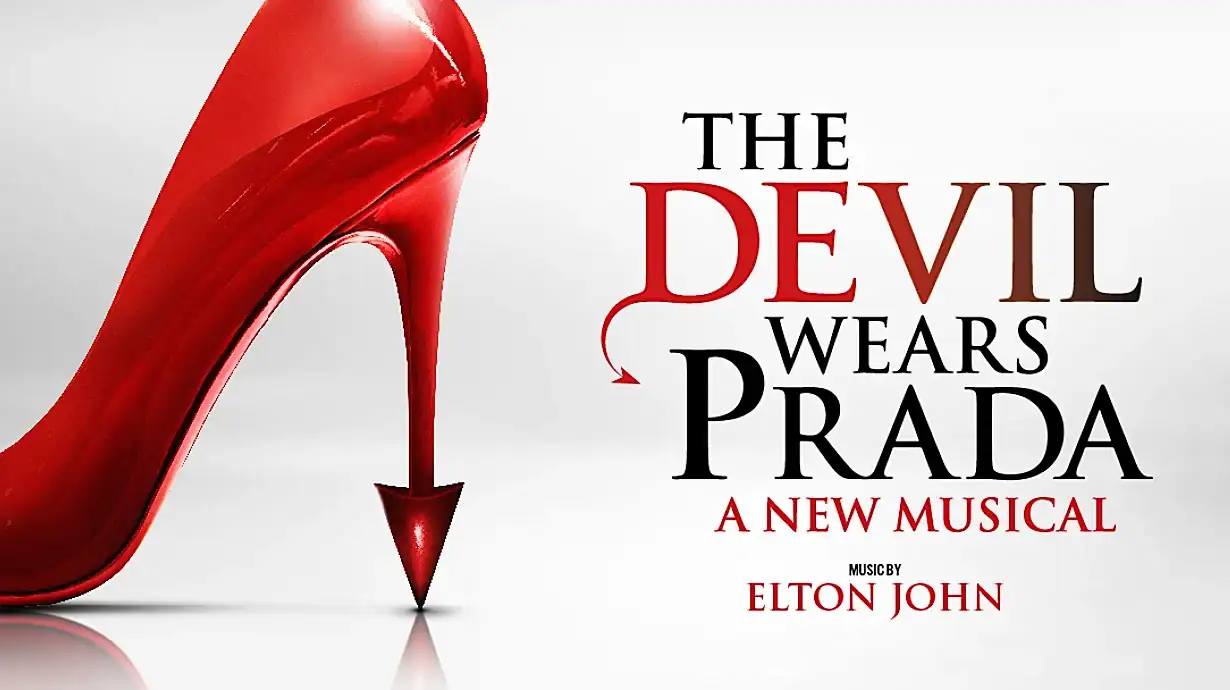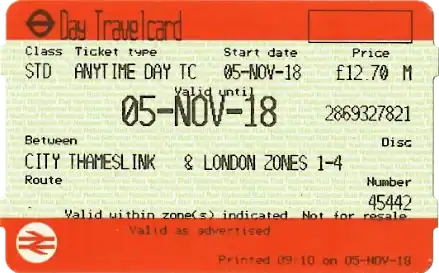I always feel like a school kid when I’m walking around here, looking at all the broken bones and stones and pretending to be interested. “Yes, Miss… a piece of pottery from 1,000 BC. Amazing.” Don’t forget to tick them off on your worksheet, she says. “When can we can we go home, Miss?” Not for another three hours, she says. “Oh Jesus Christ, are you serious? I can’t take another three minutes of this!” Three hours of looking at smashed slates and plates, old bowls with their rims missing, statues with their heads snapped off, piles of tiles and chipped bits of flint.
Quality control goes right out of the window when it comes to museums. In a gallery the works of art generally have to meet a pretty high standard to get on the wall (unless it’s modern art, of course). But in a museum if it’s old, it’s in. If it’s broken, it doesn’t matter. And just to make it even more entertaining you have to simultaneously try and dodge an army of hyperactive school kids running around shouting and snapping photographs of everything they see. If you throw in a few thousand tourists as well then that is a perfect summation of the British Museum.
Personally I can take it or leave it, but a lot of people will consider this the highlight of their holiday. It’s quite good on ancient Egyptian history, and there are plenty of pots and rocks and pipes and plates and slates. Then you repeat all of that for the Greeks: more pots pipes plates slates. Then you repeat it all again for the Romans: bones stones bricks sticks beads seeds. Then you do it all again for Asia, etc. (You can tell that I’m a total philistine when it comes to this kind of stuff – this is supposed to be one of the world’s great museums!)
The Great Court and Reading Room
When you step through the front door you’ll be treated to the finest sight in the entire building – the Great Court. There’s always a lovely light inside here and it always feels like it’s raining with the pitter-patter of tourist chatter and dappled shadows falling from the roof. It used to be a giant open courtyard until Norman Foster put a pane of glass across the top. The circular Reading Room in the center is where Karl Marx famously wrote his Communist Manifesto but unfortunately it’s not possible to see his version of it anymore because it’s all been shipped over to the British Library. They mainly use the space for temporary exhibitions now.
You can be walking around this museum for days if you don’t grab a map by the door because it’s huuuuuuge. You’ll probably want to wander into the Egyptian and Assyrian galleries first because that’s where you’ll find all the monumental stuff. They’ve got obelisks and columns that could hold up the moon, a Pharaoh’s foot that’s bigger than a boat, a forearm that looks like a tree trunk, and a huge tomb door that looks like the front-face of a cathedral. They also have a very extensive collection of coffins, boxes and sarcophagi.
Rosetta Stone from Ancient Egypt
Good luck trying to photograph any of it, though. The crowds at the British Museum are the same size that you find on the platforms at Waterloo. The famous Rosetta Stone is permanently wrapped around with school parties and tour guides and there must be a hundred people crowding around it at the moment (and that’s not an exaggeration). Imagine one hundred people with two hundred elbows, plus a lightning storm of camera flashes cracking brightly off the glass. That is my view of the Rosetta Stone today. Sometimes you’ll be standing there for two minutes waiting for a small space to open up simply to get a photo of someone’s head as it flits across your field of view.
The Parthenon (Elgin) Marbles
Onto the Elgin Marbles now… I have to be careful what I say about these in case there are any Greek people reading, because I know how defensive they can be about their long lost kids. They insist we stole them, and we say we bought them. They want them back, and we want to keep them. My own personal view is that I’m all for snatching up statues and trinkets, but these things weren’t just lying around on the floor – we hacked them off the Parthenon’s walls. We chiselled the inner ring down to its stone bones and carted the rest away.
Our justification for keeping hold of them now seems to be that we’re protecting them from further damage but most of them are already broken up and busted anyway. These things are not in pristine condition, and it’s difficult to imagine how much worse they could be. But hey-ho, it’s none of my business. If we eventually end up returning them then I’ll just go into the next room and see the Palace of Sargon and Palace of Nineveh instead, because those panels are much more extensive and impressive than the Elgin Marbles. They’ve got carvings of armies, archers, battle scenes, troop transports and winged bulls on the walls.
Mausoleum at Halicarnassus
Or how about the Mausoleum at Halicarnassus? Not many people bother to look at this because it’s tucked away in a side room, but this was one of the wonders of the ancient world – one of the actual Seven Wonders. When you look at the architectural plans it obviously doesn’t compare with the Egyptian Pyramids or Hanging Gardens of Babylon, but it was still one of the original Wonders. How amazing is that?
The Roman section is worth a visit simply for the stuff they dug up in Britain. The Egyptians didn’t build any pyramids in London, the Greeks didn’t invade either, but the Romans conveniently crossed over the Channel and built us some towns. They’ve dug up huge mosaics, roof tiles and hypocausts from a Roman bathhouse, statues of Nero and Hadrian’s hollow head, and practically an entire armoury of battered swords and dented shields and helmets from the defeated legionnaires.
Burial treasures from Sutton Hoo
The European galleries have got everything from bejewelled crucifixes and chalices to Saxon swords, shields, pots, boxes and farming tools, and the famous treasure troves from Mildenhall and Sutton Hoo. They have some interesting bodies of leathery skin in there as well, still lying in their dying pose at the bottom of a bog. Sometimes I wonder whether this is my best chance of becoming famous: by dropping dead in a farmer’s field someplace, holding tight to a silver cup from my kitchen, and then waiting for an archaeologist to dig me up in five hundred years.
All you have to do is wear a pair of leather boots and a beaded necklace around your neck and he’ll convince himself that you were a Saxon king to further his career. A few years later you’ll end up in a glass cabinet at the British Museum, exactly like this leathery dead bloke here.
Museums are full of people like this… Stone Age losers whose bones happened to have lasted the longest because a big bully pushed them head first into a tar pit. Kings and queens don’t die at the bottom of a stinking hole of oil and sludge, do they? So this guy was clearly one of life’s unfortunates. The village bullies were probably standing around him (like we are now), pointing and laughing and watching him slowly sink beneath the putrid slime. And now we have immortalised his shame and compounded his embarrassment by nailing up a plaque beside his bones: “This loser fell into a swamp!”
The American and African sections are rather disappointing because there’s hardly anything in them. Mankind is supposed to have originated in Africa but all they have to show for it at the British Museum are lots of sticks and spears and wooden canoes, and what looks like a straw handbag. It’s all bone combs, beads and necklaces, and a few bits of bark and masks and casks of beer. A lot of the African exhibits aren’t even old, they’re just modern art pieces that have no history attached to them whatsoever: a chair made out of rusty guns, articulated puppets from a carnival float, and a display case full of 21st-century textiles.
After that comes a very small section on Central America with some Inca, Aztec and Mayan stuff. The most interesting exhibit was one of those mystical crystal skulls which later turned out to be fake.
I also recommend… If you enjoy this then try Victoria & Albert Museum (take a tube journey from Tottenham Court Road to South Kensington) and Wallace Collection (walk it in 24 mins or catch a tube from Tottenham Court Road to Bond Street). If you like Egyptian archaeology then try Sir John Soane’s Museum which contains the sarcophagus of Seti I. The Petrie Museum has a huge collection of pots and plates and broken statues. And don’t forget Cleopatra’s Needle on Victoria Embankment, which dates to the reign of Pharaoh Tuthmose III
How to get to the British Museum
| Fare zone | Cash | Oyster & Contactless | Travelcard | ||||
|---|---|---|---|---|---|---|---|
| Single fare | Single fare | Daily cap | One day | ||||
| Peak | Off-peak | Peak | Off-peak | Anytime | Off-peak | ||
| Bus (all zones) | n/a | £1.75 | £5.25 | £6 | |||
| Train (zone 1) | £7 | £2.90 | £2.80 | £8.90 | £8.90 | £16.60(zone 1-4) | £16.60(zone 1-6) |
| Train (zone 1-2) | £7 | £3.50 | £2.90 | £8.90 | £8.90 | ||
| Train (zone 1-3) | £7 | £3.80 | £3.10 | £10.50 | £10.50 | ||
| Train (zone 1-4) | £7 | £4.60 | £3.40 | £12.80 | £12.80 | ||
| Train (zone 1-5) | £7 | £5.20 | £3.60 | £15.30 | £15.30 | £23.60(zone 1-6) | |
| Train (zone 1-6) | £7 | £5.80* | £3.80* | £16.30 | £16.30 | ||
| * Journeys between zone 1 and Heathrow are always charged at the peak rate. Prices are correct as of | |||||||
More things to do in Bloomsbury


 Twitter
Twitter Facebook
Facebook Bluesky
Bluesky WhatsApp
WhatsApp Email
Email




